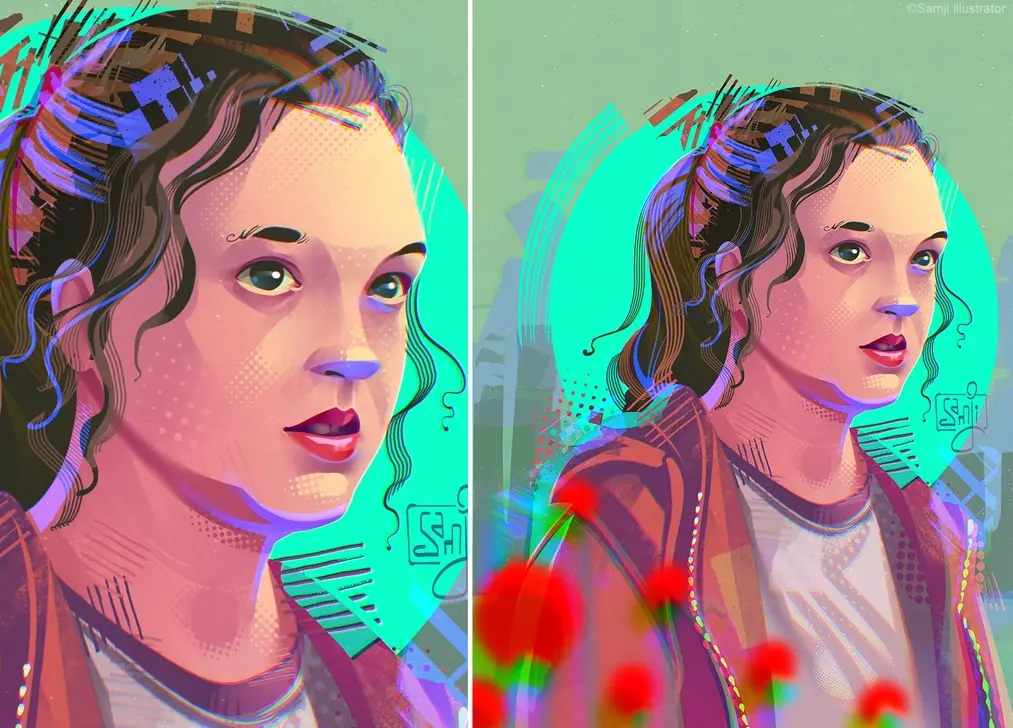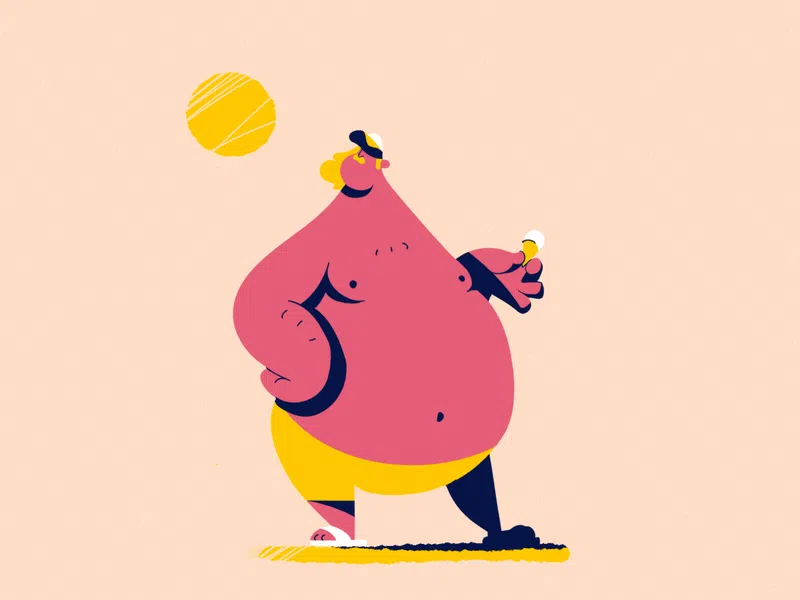The 5 Most Crucial Phases of the Brand Design Process
Creating your brand is a laborious, exciting, and comprehensive process that will bring recognition to your business and high income to the company if all stages are professionally implemented. When you approach building your brand with the help of quality design or motion design, you also need to consider some crucial brand design process steps in advance.

Designing Your Brand Short Guide
Since your potential audience is gaining 80% of the information about the world via their vision, it is hard to overestimate the importance of developing a brand design as part of a comprehensive business strategy. So, what would you do first if you start with the design team brand video production company? Here are the steps you may follow:
1. Exploration
The first preparatory stage is exploratory research. Traditionally, the process begins with a deep dive into the industry, positioning analysis, and competitor design. The task is to identify the triggers and tools your competitors build product communication with. The next important step is to determine the insights on the target audience, etc.
2. Audience research
In the course of this research, it is possible to test the loyalty of the audience towards competitors and the basis of this loyalty – namely, why a person trusts specific brands. Such a tool helps to better understand who and by what parameters will be your competitor not only on the shelf, website, media, etc. but also according to the message, according to the keyword semantic or territory, etc.
3. Strategic sessions
In brand marketing, a strategic session is a more common term, but when we speak about designing products, it may also be a workshop that will help you develop an ideal concept.
With the help of special exercises under the guidance of a brand or design strategist, participants determine their capabilities regarding a new brand and formulate a vector of a brand strategy for a product based on the data already available from the previous stages.
4. Development concepts
The result of the strategic session is the primary brand vector or 2-3 positioning points on which brand concepts are built. Within them, product messages that correspond to the project’s objectives are developed. To obtain a quantitative justification for choosing a particular concept, you may further test developments on one or more selected segments.
5. Testing
Product testing is the final stage of any brand design research. After it, there should be no questions about what and how to do first or fix it. At this stage, it is recommended to create some prototype packages for complex products that are to be launched into the test: be it shelf tests, online testing, focus groups or in-depth interviews, etc.
The short form of the brand design thinking process may also be articulated in five steps or phases called empathize, define, ideate, prototype and test. Also, appeal to the complete guide to the brand design process with us.
Do you want to create your own animation? Feel free to contact us!
How to plan the brand design process, development and tests, make the creation process as transparent as possible and match your budget? Do not worry, contact the professionals, and they will take care of all the difficulties and will accompany you at all stages of the birth of your brand. Contact the Explain Ninja team for them to answer all your questions on design and animation, taking into account the specifics of the business and your goals.
Conclusion
The brand creation project may contingently consist of the following crucial stages: exploration, research on target, description of goals and project planning, coming up with the concepts and testing them during the sessions or workshops in real-time. You’re welcome with your queries. Today, Explain Ninja’s portfolio includes hundreds of successfully implemented design projects related to design, animation, comprehensive branding, and more!
The golden rule: the less research we do, the less we test our product, our concept, the less we know our audience, and the more risks we have!


